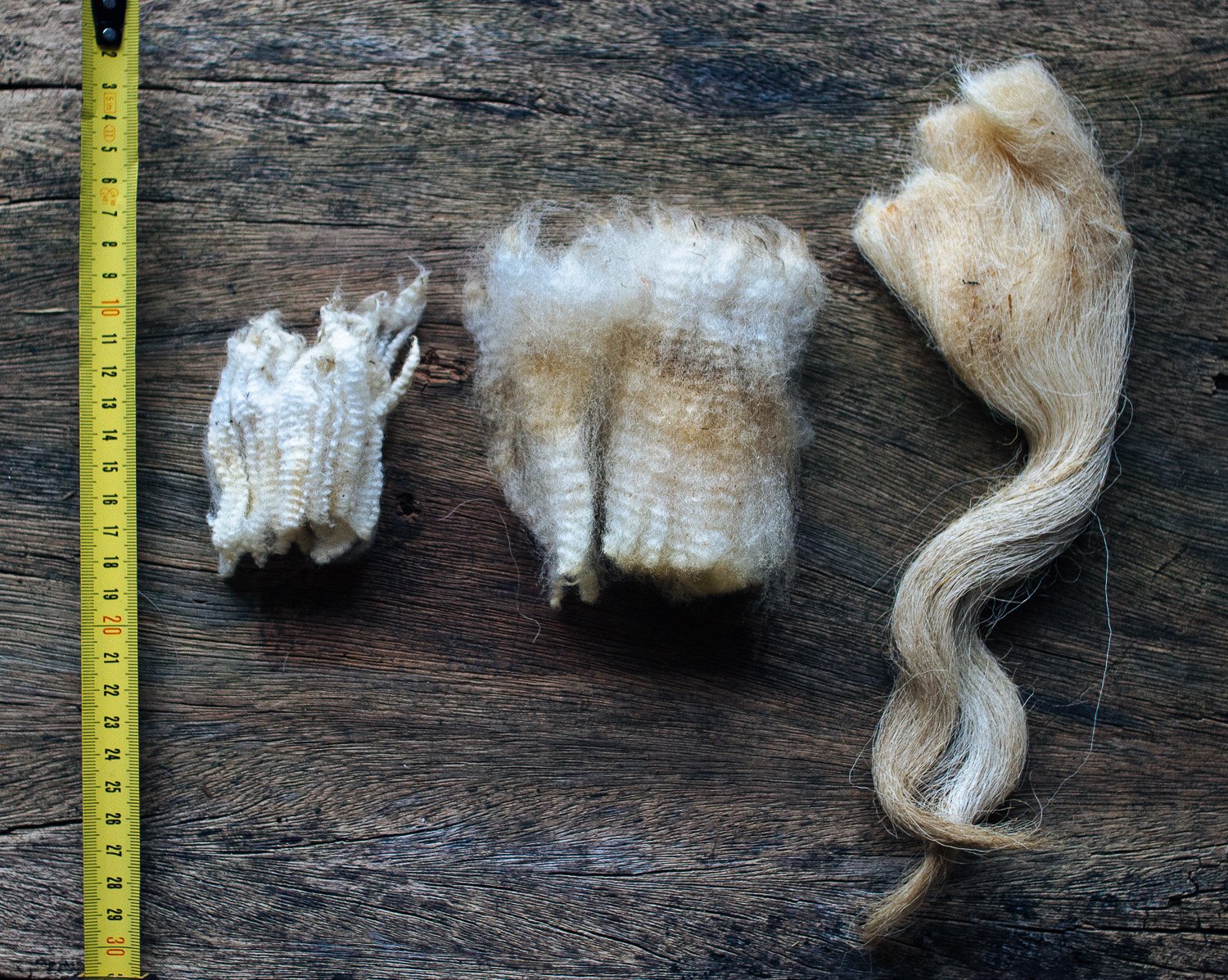Blog

Churras. Bordaleiras. Merinas.
The 16 indigenous Portuguese sheep breeds can be grouped into three main groups, which are directly related to the type of wool they produce: Churros, Bordaleiros or Merinos. Knowing the basic characteristics of the wool produced by these three groups is a very effective way of getting a general idea of what a particular breed produces, despite the great variations that can arise due to the influence of various factors.

Hanging around Portuguese wool
Today, a day spent organizing samples from raw fleeces from all our local sheep breeds, for a small exhibition that will happen in late September. So many different wools for such a small country!
![[wip] Portuguese wool - a practical guide](https://images.squarespace-cdn.com/content/v1/648982341579d12f2111cfb5/1687858404902-N0Z3Y2AQ41DDESC95Y97/image-asset.jpeg)
[wip] Portuguese wool - a practical guide
Well, There's a problem that I just never have...
Did I know that transforming bags of raw wool from every corner of our country into teeny-tiny envelopes like these would be so much work? Of course not. And I'm glad I didn’t, otherwise I would have chickened out.

Portuguese Wool - the locks
In the meantime, the processing and analysis of the portuguese wools keep going, down in Viana do Alentejo, in Guida's and Isabel's hands. Here, I'll share some images of the work in progress that I'm following from a distance

Shearing at Quinta de Serralves - 2015
Last saturday we had fabulous weather, an interested audience showed up, and after the nice shearing done by Martin, the sheep are now much lighter and we have some beautiful fleeces from the Bordaleira-de-Entre-Douro-e-Minho to work with. It was a perfect morning.

Shearing is coming!
We're almost in May and shearing season has been open for a while now, but in Serralves, the first time the Bordaleiras-Entre-Douro-e-Minho sheep will be sheared in the farm will be in the next saturday, the 9th of May, starting at 11h in the morning.

The flock of Casa da Lã
Last monday we went to see the sheep where the wool spun by the Women of Bucos come from. Over there, the women have only two terms to differentiate the wool they work with: the “lã brava” (something like wild wool) and the “lã meirinha”.

